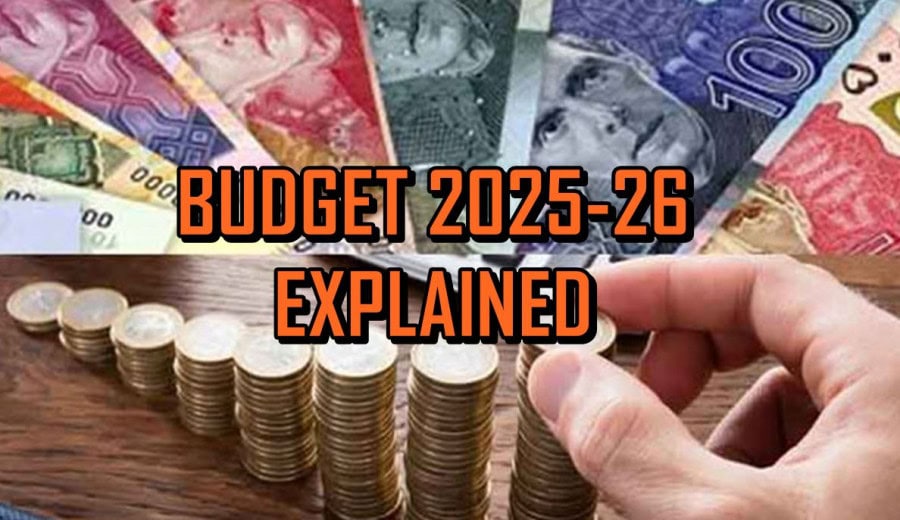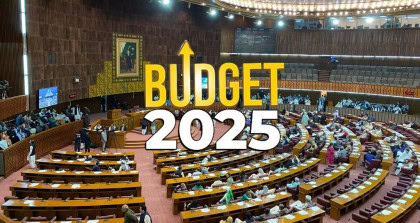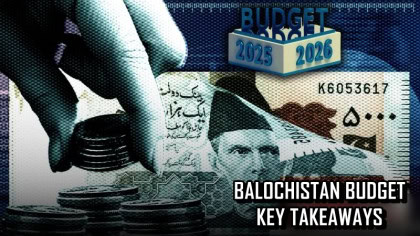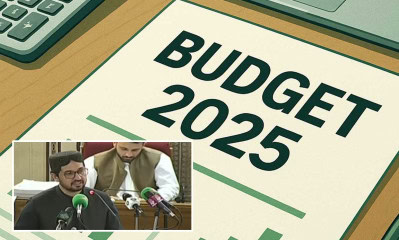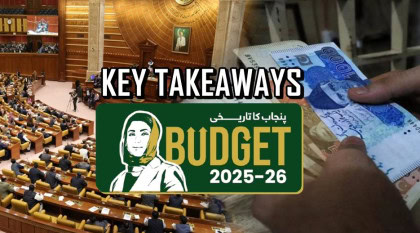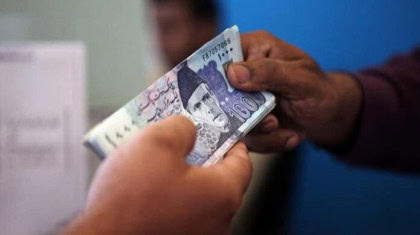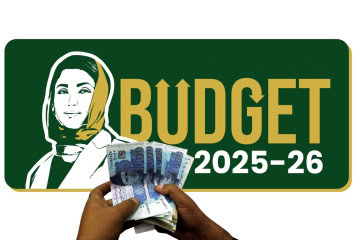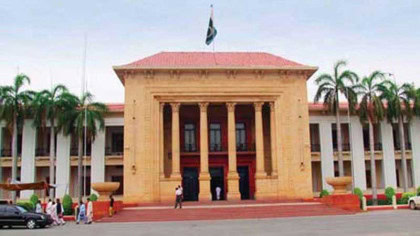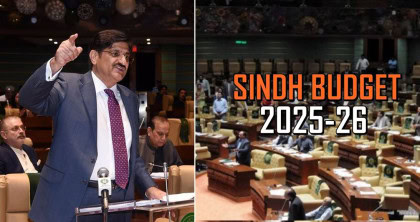KARACHI – Federal budget for fiscal year 2025-26 is set to be unveiled, with projected allocation of Rs17.6 trillion. This year’s Budget aims to address nation’s economic recovery, fiscal reforms, and needs of tax-burdened citizens.
| Category | Amount |
|---|---|
| Total Budget Size | 17,573 billion |
| Development Budget | 1,000 billion |
| Non-Development Expenditure | 16,286 billion |
| New Tax Revenue | 2,000 billion |
| Salary & Pension Increase | 10% increase |
| Disparity Allowance (G1-G16) | 30% |
| Petroleum Levy | 78 Rs/liter to 100 Rs/liter |
| Petroleum Purchase Payment | Digital payments only; cash: +2 Rs/liter |
| Tax on Bank Withdrawals > 50,000 Rs | 1.2% |
| Debt Servicing Allocation | 8,207 billion |
| Defense Allocation | 2,550 billion |
| Federal Development Allocation | 682+ billion for federal ministries/divisions |
| Provinces’ Development Funds | 2,869 billion |
| National Highway Authority (NHA) | 226.98 billion |
| Power Division | 90.22 billion |
| Water Resources Division | 133.42 billion |
| Members of Parliament Development | 70.38 billion |
| Provincial & Special Areas | 253.23 billion |
| Integrated Districts | 65.44 billion |
| Azad Kashmir & Gilgit-Baltistan | 82 billion |
| Defense Division | 11.55 billion |
| Federal Education & Training | 18.58 billion |
Pakistan Budget
Pakistani government is moving from expanding the tax base to focusing on equity in fiscal policies, aiming for higher taxes on lower-income groups. The government aims to generate Rs 14 trillion in revenue, a 22% increase over the current year’s projections.
Federal Board of Revenue (FBR) faces significant challenges in meeting its tax collection targets, mainly due to issues with enforcing existing tax laws.
Expected revenue from autonomous collection: Rs 12.845 trillion (based on 4.2% GDP growth and 7.5% inflation).
- Rs 655 billion will come from new taxes.
- Rs 400 billion is expected from improved enforcement of tax laws.

Sectoral Impact
Key industries, especially manufacturing, are seeing a downturn.
Real estate and consumer goods sectors are already heavily taxed and will be negatively impacted further.Tax-to-GDP Ratio: The government has set a target of 12.3% tax-to-GDP ratio for FY 2026, with FBR contributing 10.6% of GDP.
Financial Constraints
The federal Public Sector Development Programme (PSDP) has received a lower-than-expected allocation, limiting new projects and development spending.
New Taxation Approach
Higher taxes on goods and services.
Tax reductions for specific sectors.
Increased taxes on tobacco and digital transactions.
A new taxation model will impose lower rates on digital transactions and higher rates on cash-based transactions, replacing the current system that distinguishes between tax filers and non-filers.
Pakistan govt set to present Rs17.6tr budget for 2025-26 on Tuesday

